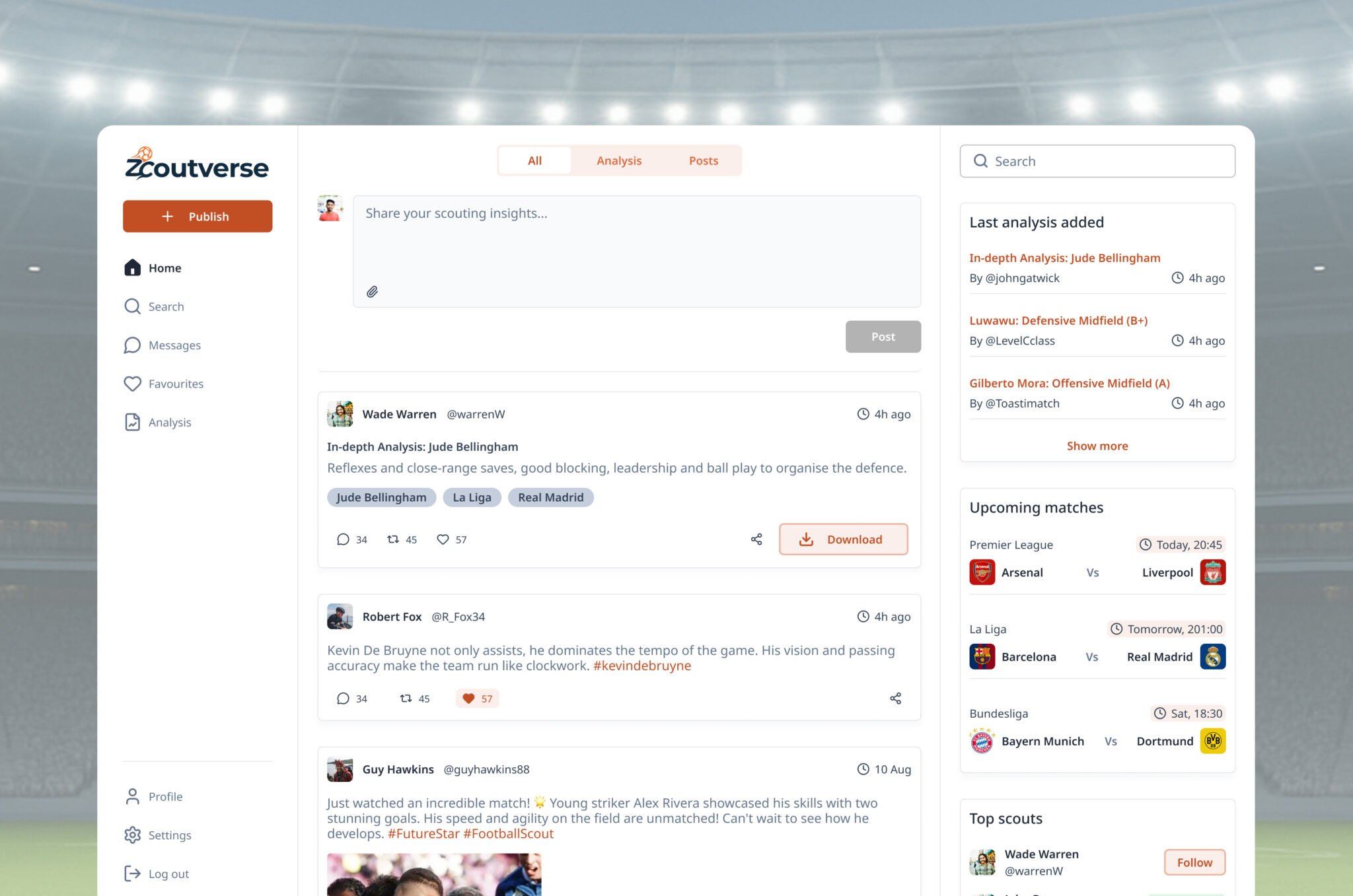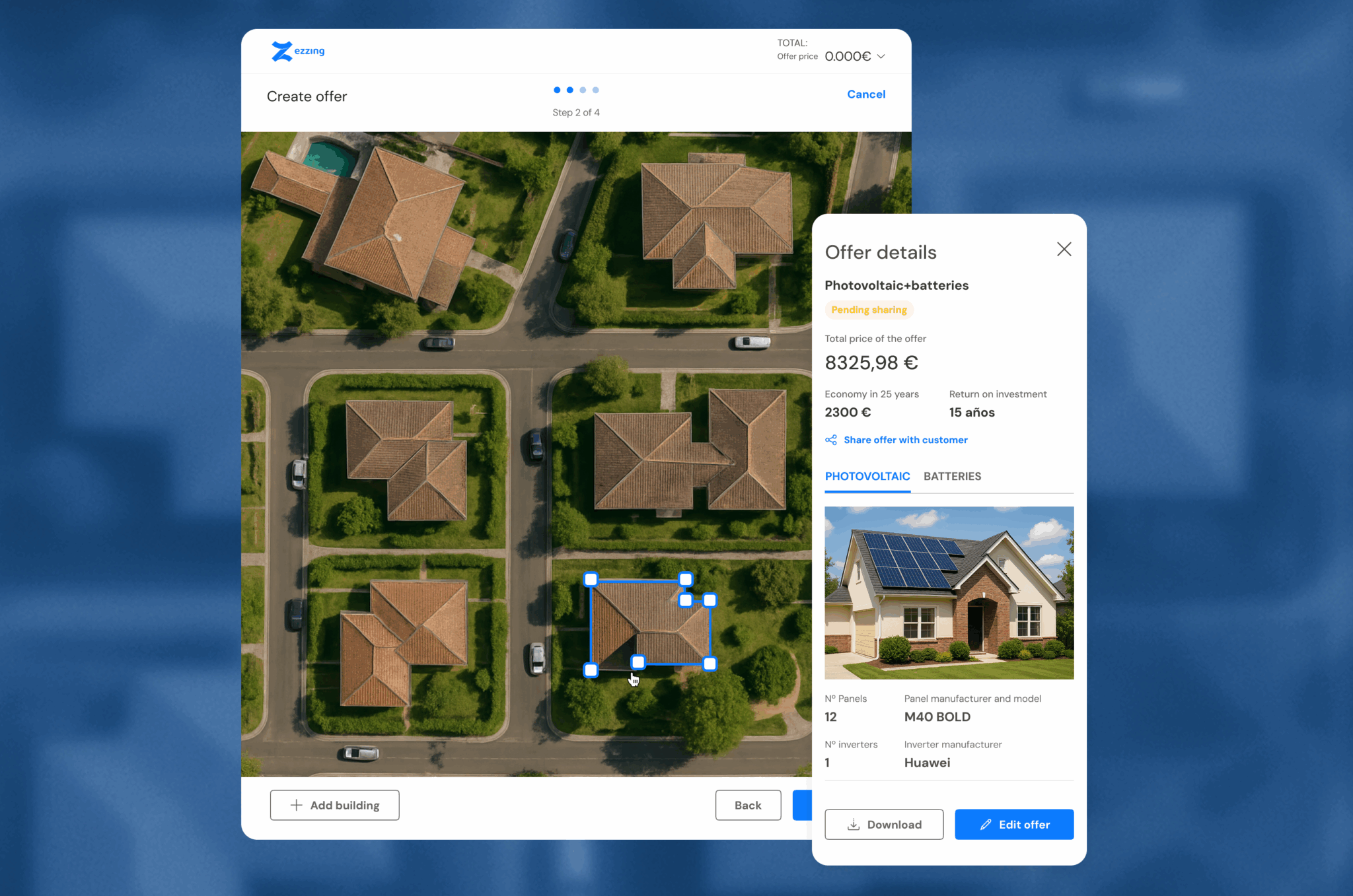My therapy
A digital experience designed to accompany individuals on their journey through addiction, with an MVP focused on gambling addiction.
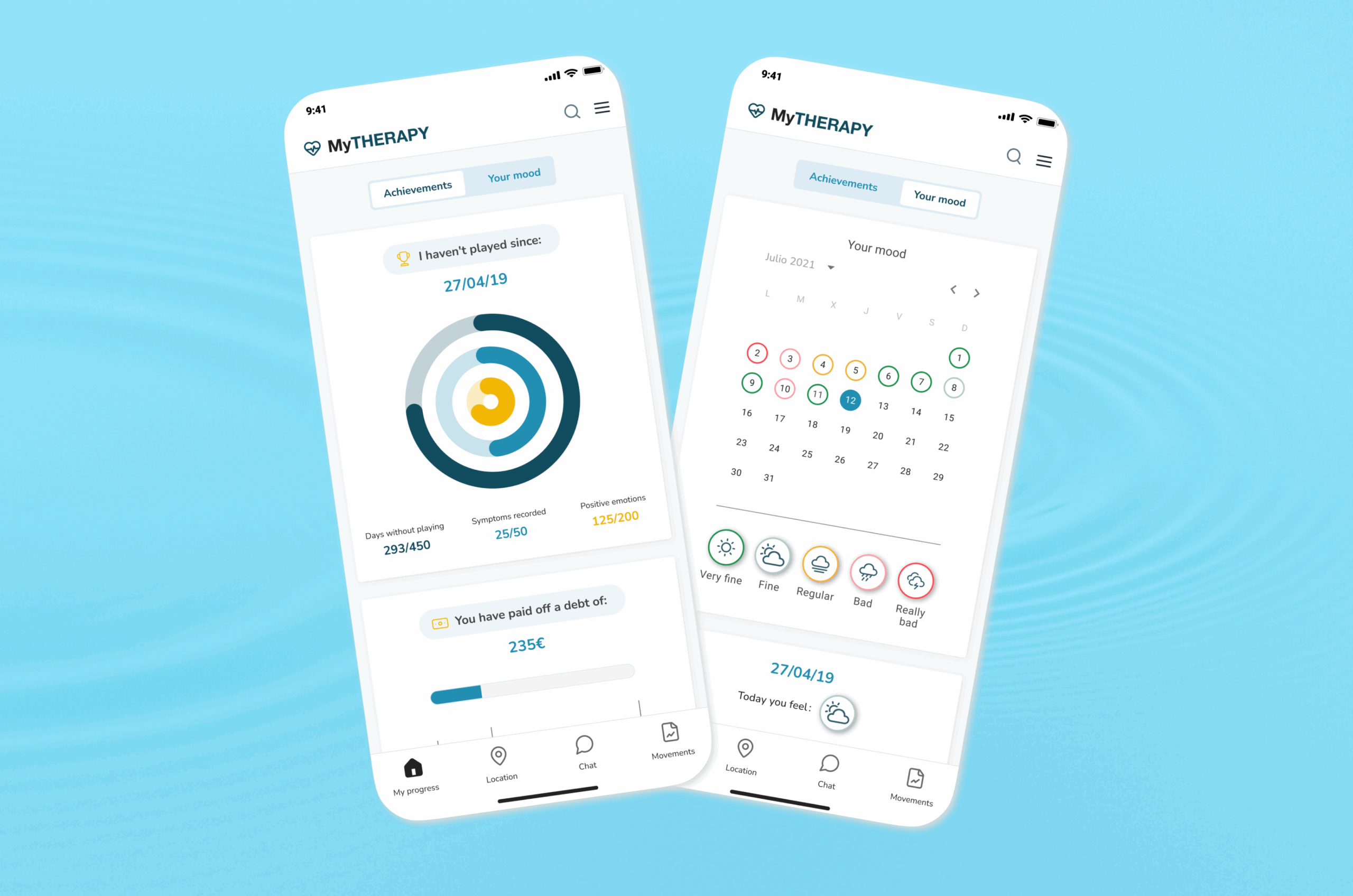
Challenge
This is a personal project and case study in which I set out to explore how digital design can support people with addictions in an accessible, safe and empathetic way. Many mental health platforms have a cold, clinical or overly complex interface, creating distance at times when users need support and motivation. The challenge was to design a product that would help people manage gambling addiction, integrating features that would support both the user and their family members or therapists. Although the product is designed to address different addictions, the MVP focused on gambling addiction, as it is one of the most common problems and one that requires immediate intervention. In addition, the decision to create a mobile app rather than a website was based on the need for users to always have the device with them to record emotions, share their location, access resources and use gamification and financial control tools in real time.
Approach
To support the launch and capture leads and early users, a landing page was also designed, which presented the product's value proposition, explained its main features, and allowed users to register to access the MVP.
Type
App mobile
Landing page
Scope
UX/UI
Design system
Wireframing & prototyping
User testing
Documentation
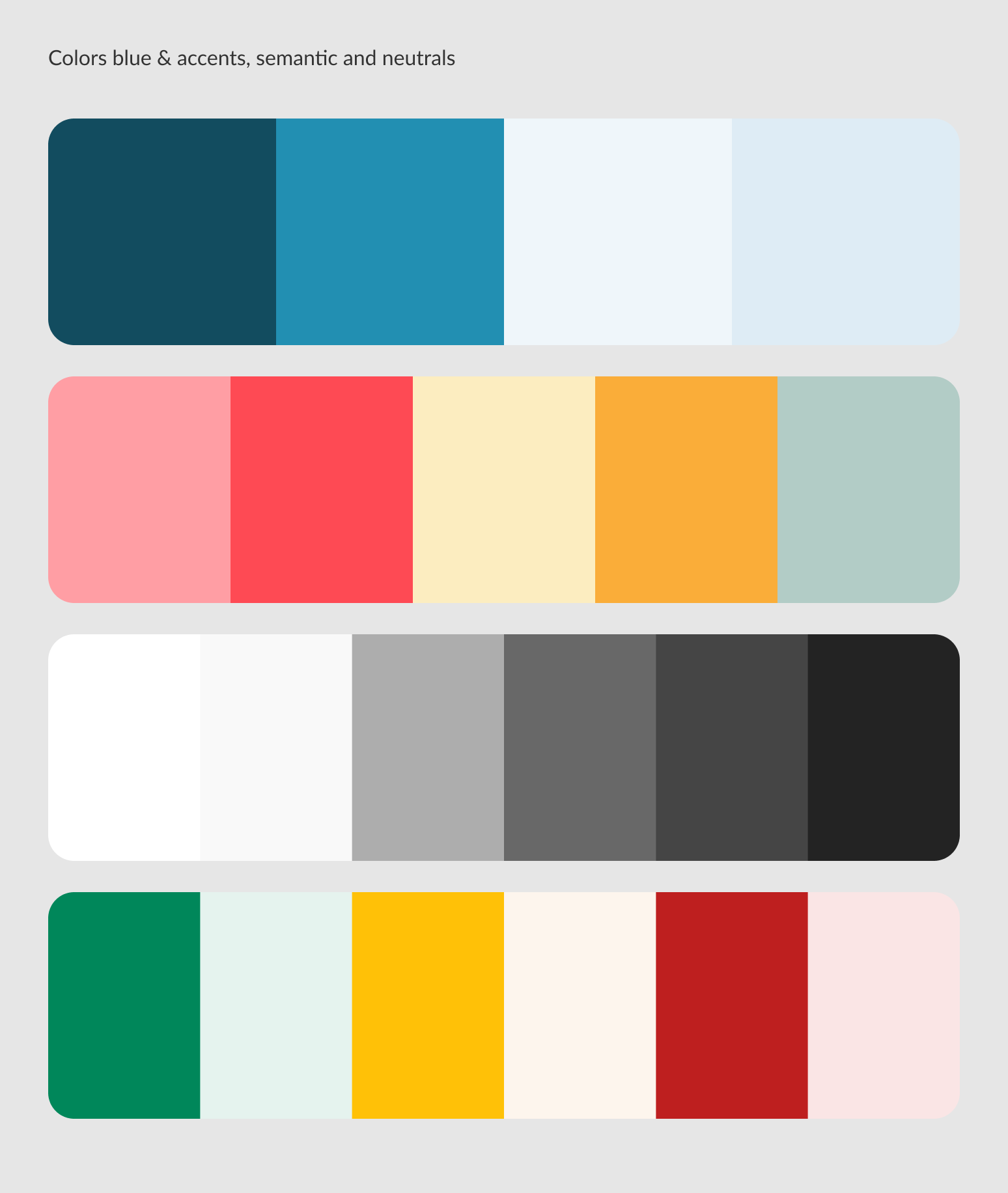
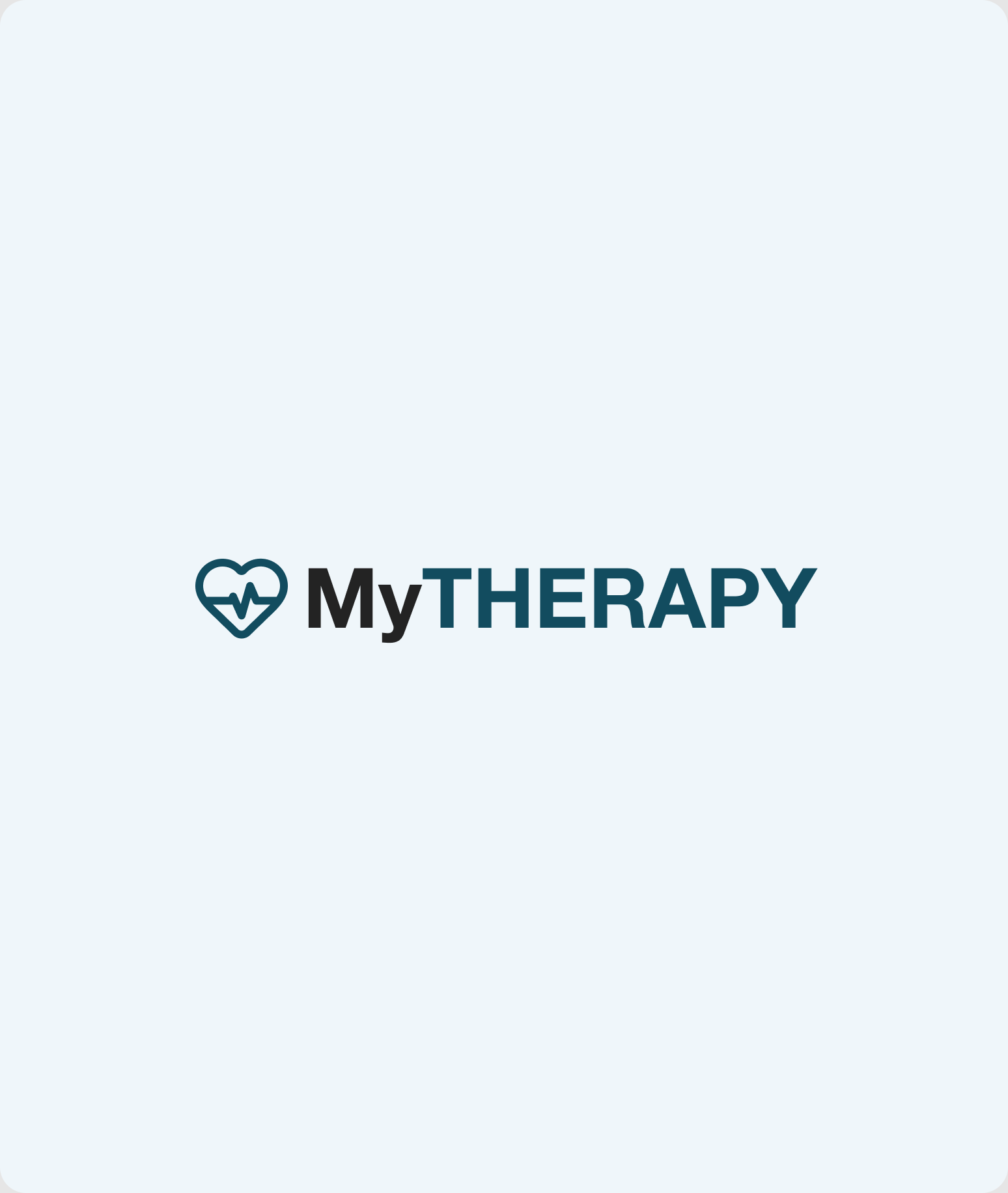
The final solution was a mobile app accompanied by a landing page, designed to motivate, guide and offer confidence to both the user and their immediate environment. The landing page played an essential role in the MVP: capturing leads and clearly explaining the product’s value proposition, thus generating the first registrations and validating market interest.
The app, meanwhile, evolved based on the needs expressed in the interviews. Many users said they needed to see concrete progress to feel motivated, which led to the development of a gamified achievement system, where each day without gambling became a tangible milestone. Another recurring finding was the importance of controlling and communicating emotions, not only for the user themselves but also as a support tool in sessions with psychologists or groups, which led to the daily recording of emotional state.
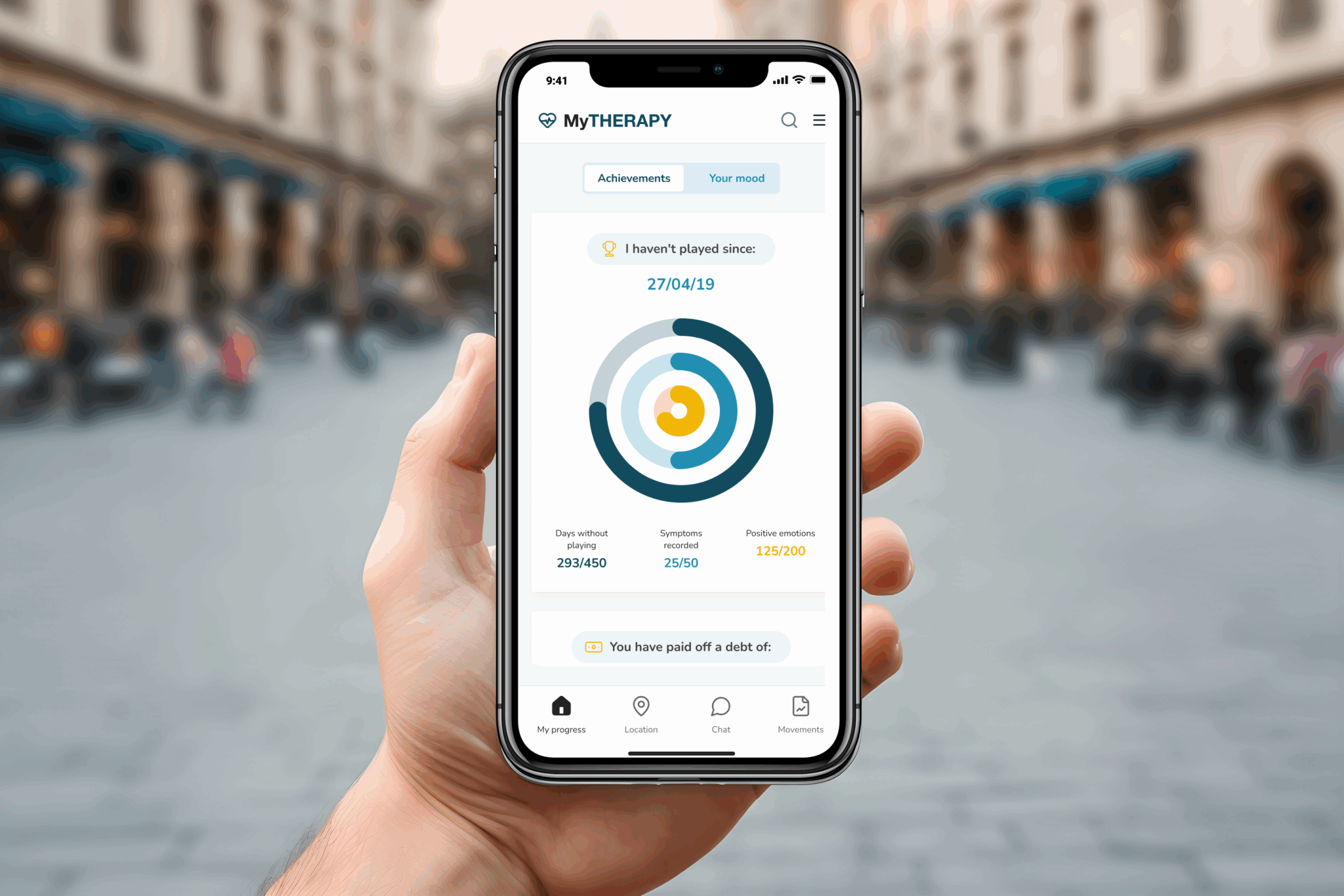
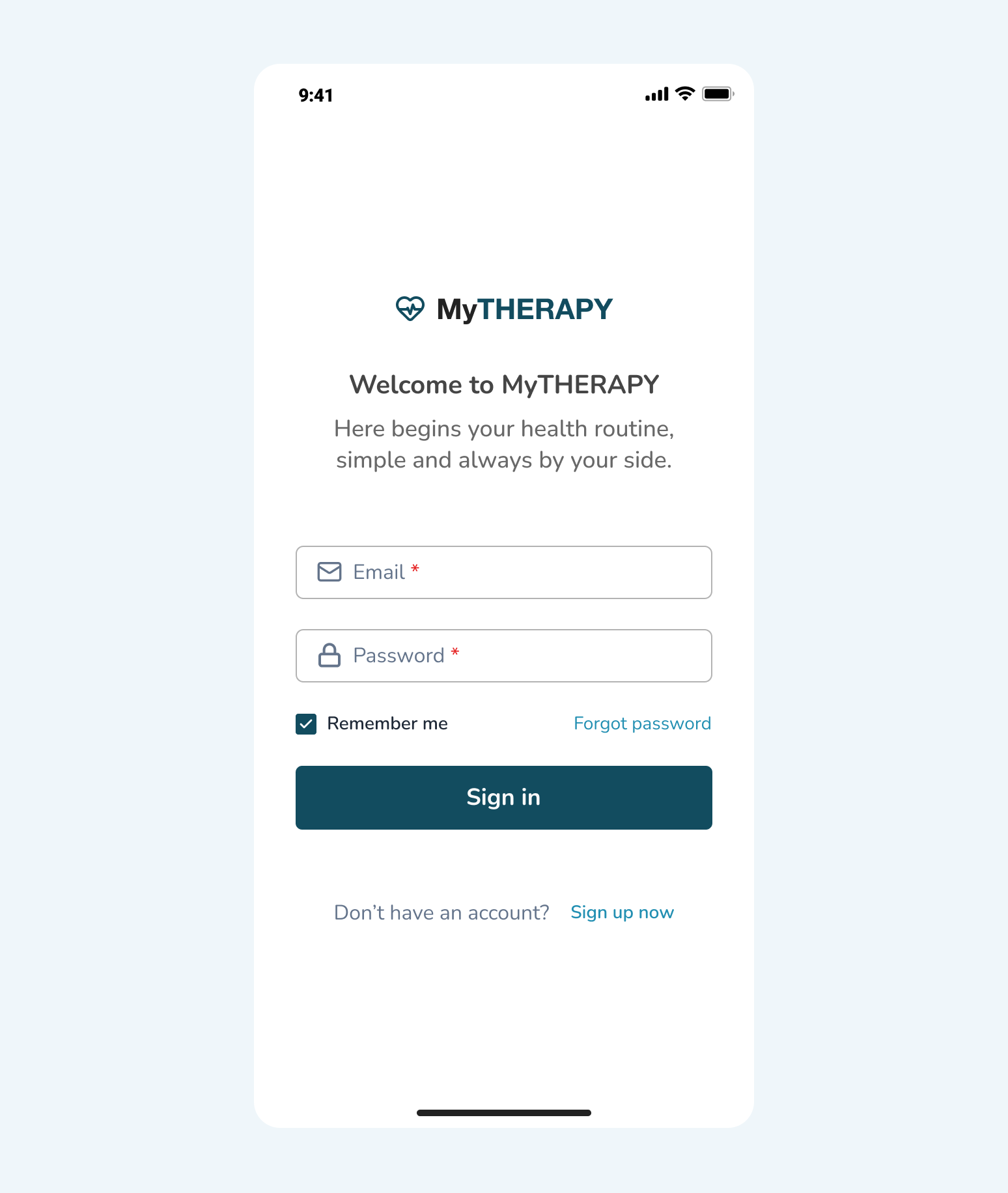
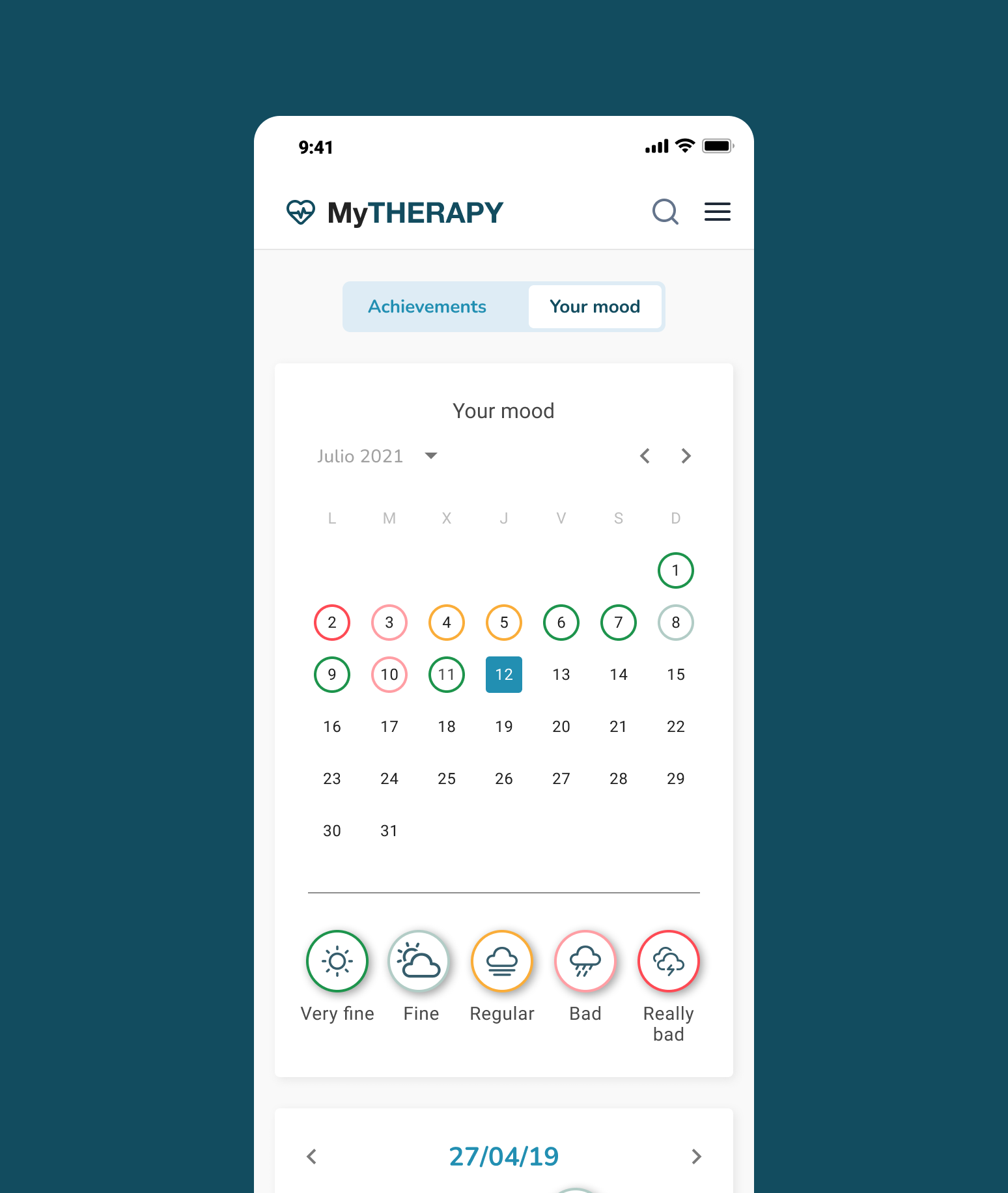
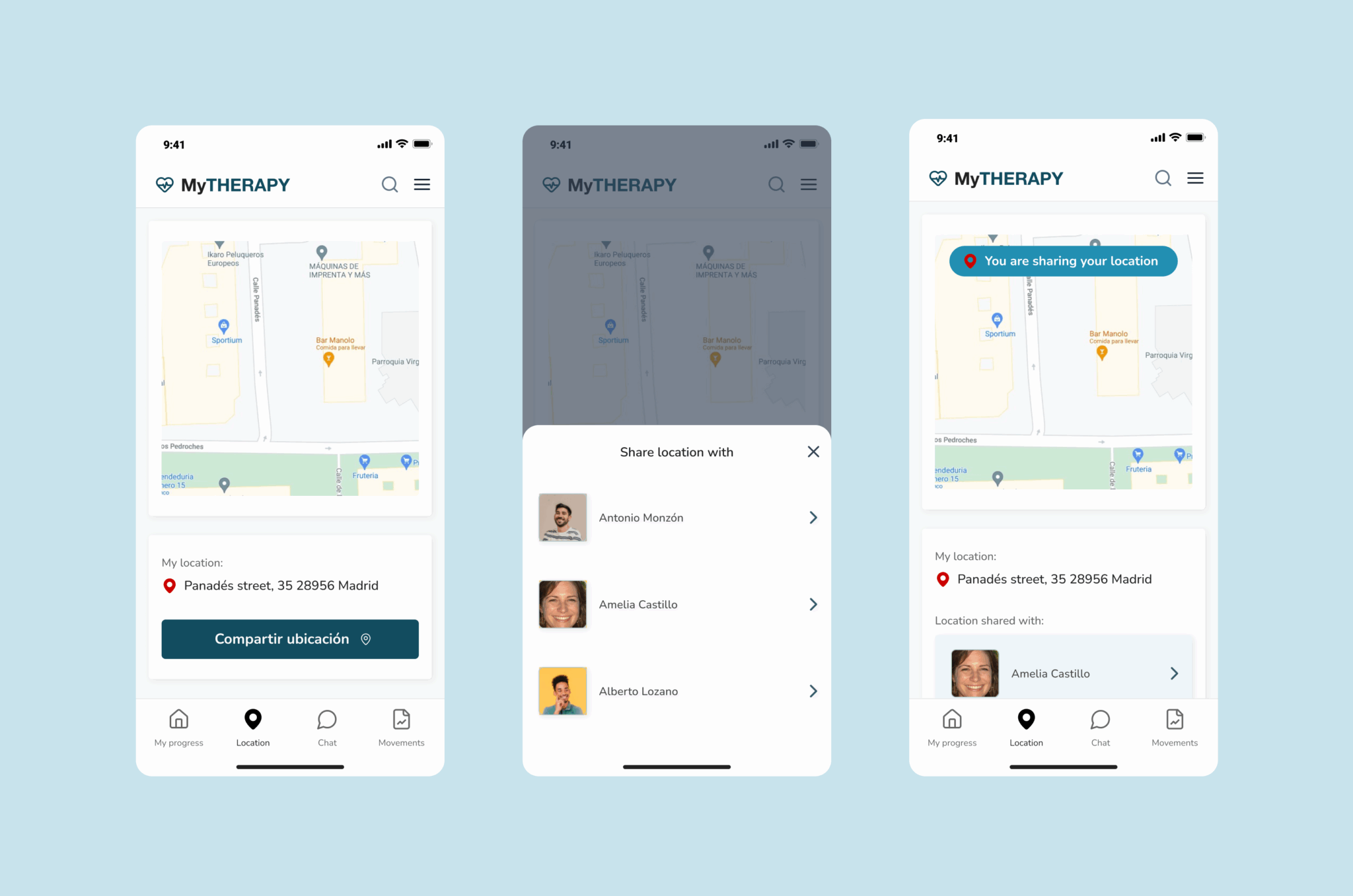
Trust within the family environment emerged as a key issue: there was tension between the user’s need for independence and the peace of mind of their loved ones. To balance this relationship, features such as location sharing and transparent financial management were incorporated, allowing users to request money and record expenses without arousing suspicion or causing conflict.
Finally, feelings of isolation were a common problem in the research, and the response was to create a chat and forum where users could share experiences, support each other and reinforce the idea of community. All these features were integrated into a visually warm interface, with soft colours and rounded typography, designed to convey closeness and move away from the cold, clinical aesthetic common in this type of platform.
Overall, the app became a digital space that not only organises resources, but also motivates, accompanies and builds trust, responding directly to insights gained from real users.
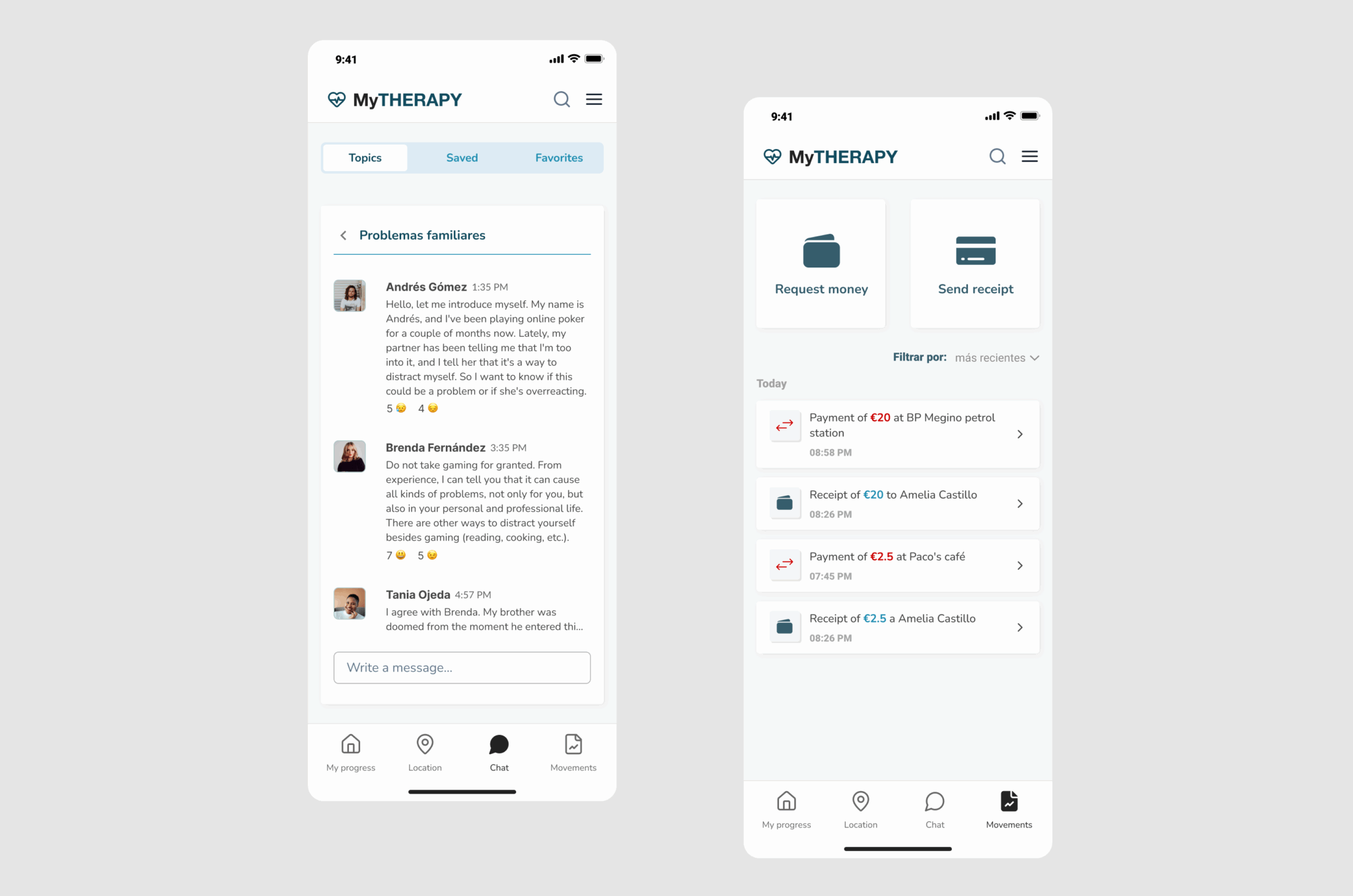
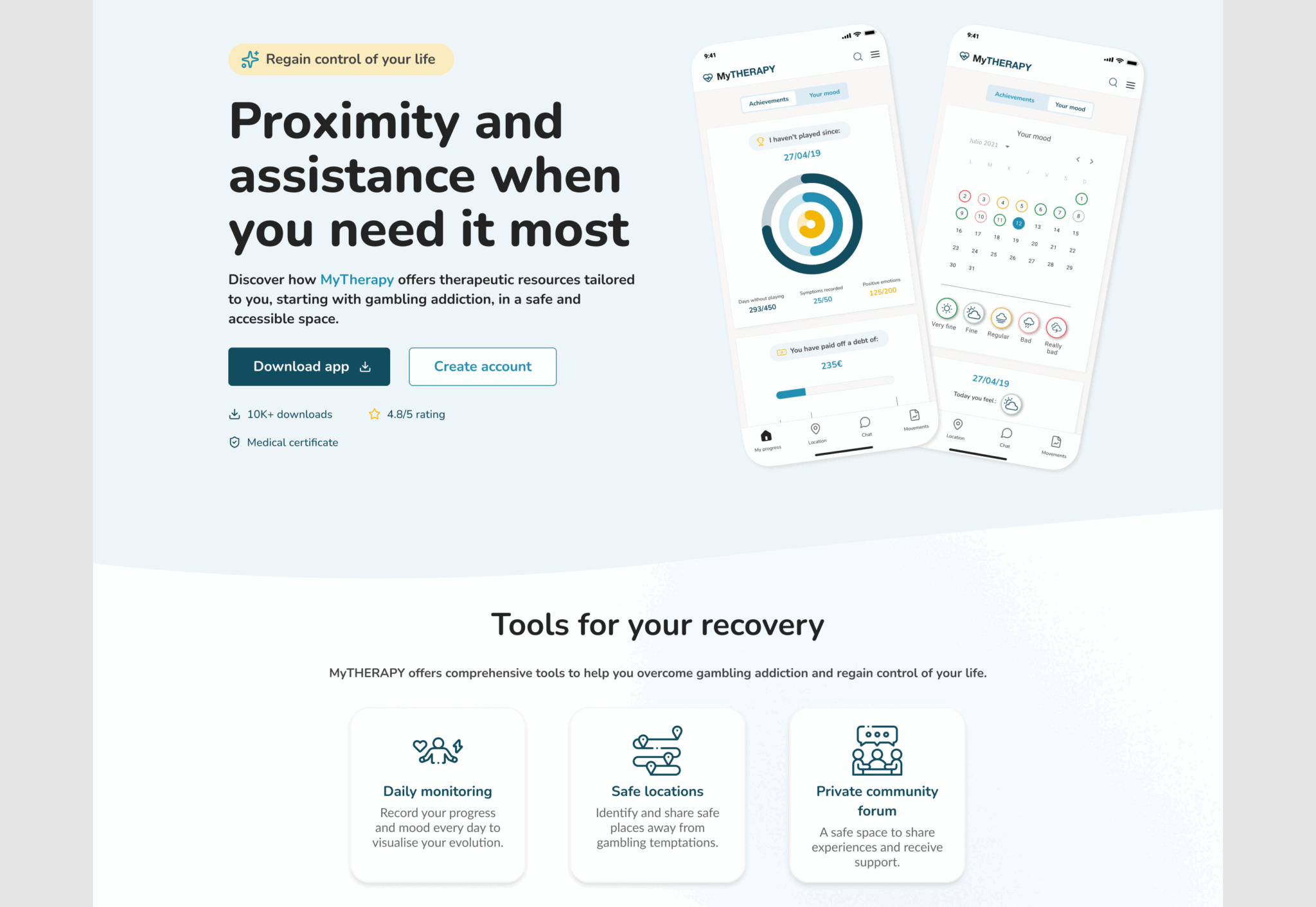
Want to see more projects?

